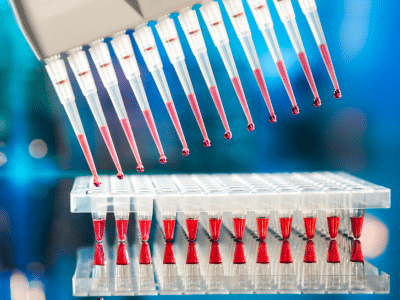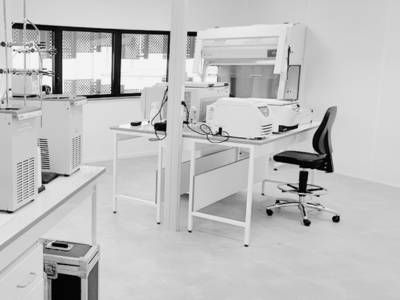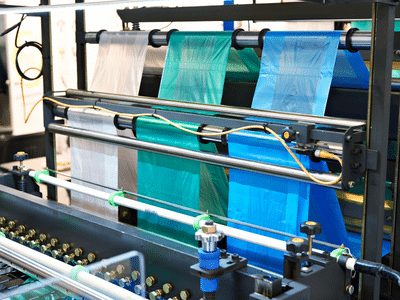No laboratory is immune to the risk of chemical spills or leaks. They come in all types of form: gas, liquid or solid. For your laboratory, it is vital to be able to prevent and limit the consequences of mishandling toxic, flammable, corrosive or reactive products.
Whether the leakage is small or widespread, the risk is still maximum. Depending on how the substance was spilled, the air contamination could have repercussions throughout the building or could increase the explosion risk zone.
We can therefore provide you with our expertise so that you can put in place comprehensive procedures in your laboratory. These will help to limit the risks associated with chemical spills.
How to prevent chemical spills risks
It is by preparing your work areas and the procedures to be applied in advance that you can limit the risks. This is why we help you to think of all the details so that your teams can work in complete safety.
At then time of procurement:
- Choose plastic glass containers
- Select chemicals with their own dedicated storage spaces
During storage :
- Limit and name safe areas
- Don’t overload shelves
- Don’t leave chemicals lying in traffic areas
- Keep chemicals far from heat sources or sun light
- Ensure regularly that containers are not damaged
- Keep storage areas well lightened
During transportation :
- Prefer transport rolls that can contain liquids in case of leaks
- Place glass containers in unbreakable holders
- Bound rigourously gas bottles and rolers together
In case of transfer :
- Always use funnels to pour liquids from one container to the other
- Prevent from containers overfilling
Manipulate with care :
- Follow processes that have been set for the laboratories
- Keep informed about products in use (labelling, safety data…)
- Be equipped any time with individual protectection stuff ( googles, gloves, masks, protective suit…)
- Prefer to work under hood, regardless of the quantity being handled
- Opt for solid, quality glassware to limit the risk of breakage
- Close the containers immediately after use
- Carry out risky work only in quiet places that are suited to concentration
Other recommendations :
- Separate incompatible wastes to prevent uncontrolled reactions
- Accurately identify containers to eliminate doubts about their usefulness
- Leave 20% free space in waste bottles
- Regularly ensure that waste containers are properly sealed
- Limit the accumulation of waste in work areas
Dealing with chemical spills
It is still possible though that mistakes happen even after a good preparation work. Lab technicians are indeed human beings. we have therefore prepared a quick reminder of SOP’s (Standard Operating Procedures) in case of chemical spills.
Intervention procedures :
- Identification of the spilled chemical
- Alerting people in the contaminated area
- If flammable, turn off heat and power sources and ventilate the area
- In case of toxic gases or vapours, close the doors of the area after evacuating the personnel
- In the event of a chemical liquid, avoid spreading it by using dedicated kits, absorbents or neutralising agents
- Notify management
- Contact emergency services if the risk is too high, providing as much information as possible
- Equip yourself with PPE specific to the identified hazard
- Ventilate infected areas (windows, fans, etc.)
- Prevent the chemical from entering the sewer system for the benefit of the environment
- Clean and disinfect all surfaces that have been in contact with the product
- Sort out and dispose of all contaminated items according to instructions
- Take care of exposed personnel: remove contaminated clothing, provide first aid and contact emergency services
Beyond your laboratory safety, a good chemicals management will also limit ecological disasters and proctect population well being.




